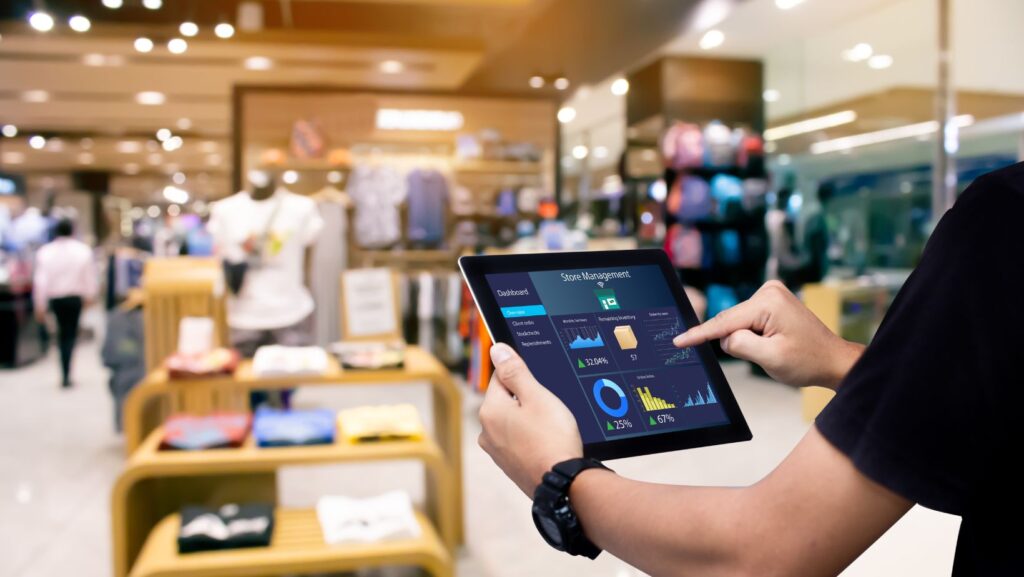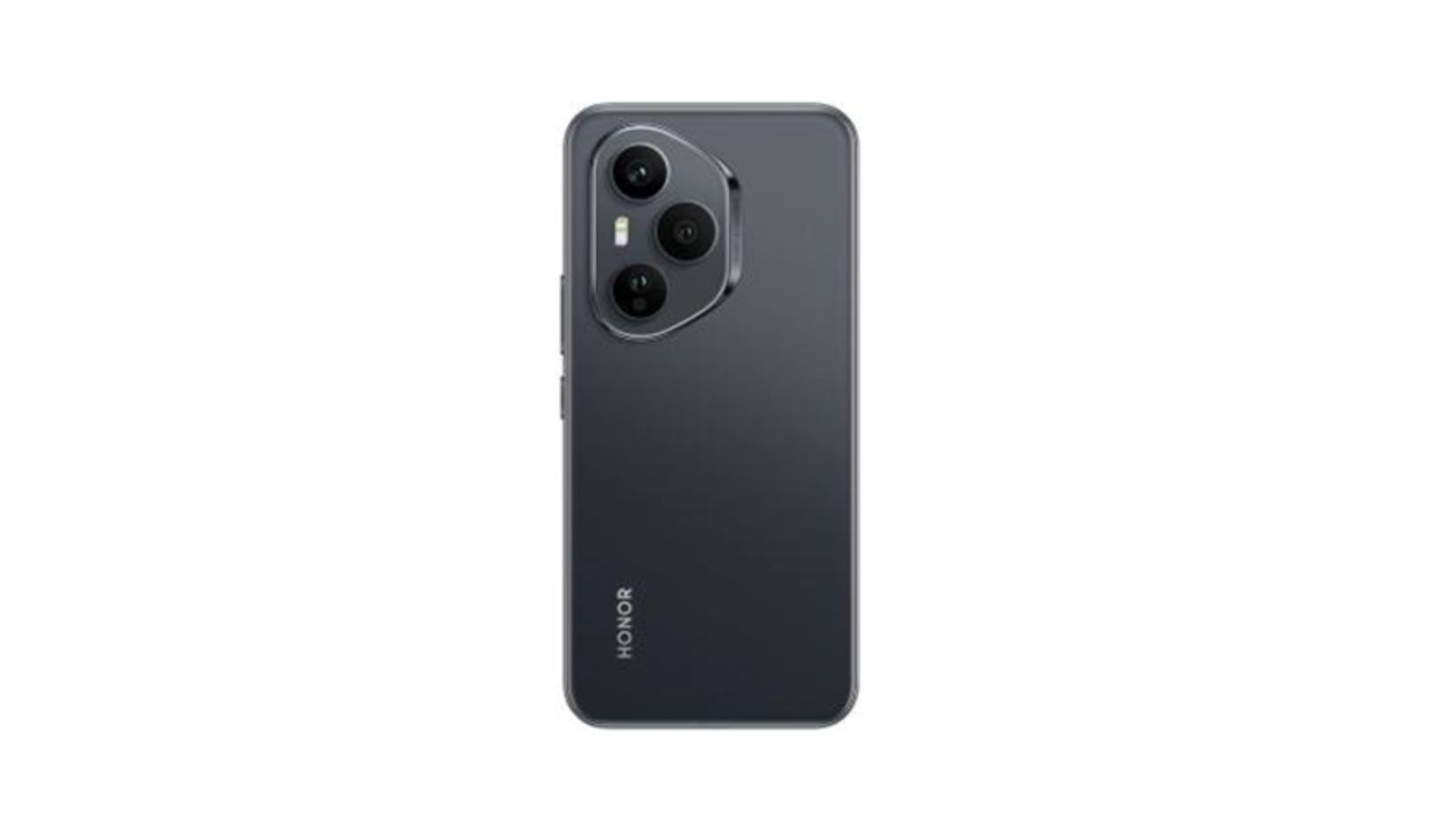
From ordering groceries online to managing global supply chains, our modern world is built on the seamless integration of digital and physical systems. The line between the two is increasingly blurred—and at the heart of this relationship are smart systems: technology-driven processes designed to improve efficiency, reliability, and responsiveness.
Smart systems are no longer futuristic concepts reserved for cutting-edge tech firms, they’re now embedded in everyday life, from your home heating system to complex logistics networks.
And as our needs become more interconnected, the ability of these systems to link physical movement with digital oversight has never been more important.
Here’s a closer look at how smart systems are supporting both the digital and physical world, and why it matters.
What Are Smart Systems?
A smart system uses sensors, automation, artificial intelligence, or software to analyze and respond to real-time data. These systems typically connect through the internet, allowing them to communicate with other devices, platforms, or users.
Examples include:
- Smart thermostats that adjust temperatures based on your daily routine
- Warehouse robots that track and move inventory automatically
- Online platforms that coordinate vehicle logistics
- Traffic lights that adapt to congestion in real time
Smart systems don’t just collect data, they use it to make decisions, solve problems, and streamline physical operations.
The Power of Integration: Bridging Digital and Physical Worlds
Smart systems work best when they bridge the gap between digital instructions and physical action. This integration is what enables:
- Faster delivery times
- Reduced energy consumption
- Greater personalization
- Predictive maintenance and fewer breakdowns
For instance, in logistics, a smart transport system doesn’t just book a delivery. It considers traffic patterns, fuel efficiency, driver schedules, and weather forecasts, all in real time, to create the most efficient physical route. Platforms that offer Hampshire car shipping use these kinds of systems to match customers with the right transport providers quickly, securely, and cost-effectively.
Real-Life Applications in Everyday Sectors
Logistics and Transportation
The movement of goods, vehicles, and people is one of the biggest beneficiaries of smart systems. Technologies now track vehicles in real time, alert users to delays, and optimize delivery routes to save time and fuel.
In vehicle transport, smart platforms make it easier than ever to arrange and manage services—whether it’s shipping a car in the UK from Hampshire to Scotland or managing a fleet for a dealership. Car shipping services harness smart tech to simplify complex logistics for businesses and individuals alike.
Healthcare
Smart hospital systems track patient records, manage staffing rotas, and even automate equipment sterilization. Wearables monitor patient vitals and feed data to digital health apps for remote consultations and diagnoses.
Retail and Inventory Management
From self-checkout stations to AI-based stock prediction tools, retailers use smart systems to match demand with supply, reducing waste and improving customer service.
Home and Lifestyle
Smart lighting, heating, and security systems adapt to user habits, helping to create safe, comfortable, and energy-efficient living spaces. Your phone or smartwatch often acts as the control centre, merging the digital and physical in a single touchpoint.
Environmental and Economic Benefits
By streamlining operations, reducing waste, and minimizing human error, smart systems support both sustainability and profitability.
Take transport again as an example: Smart logistics platforms help reduce carbon emissions by combining loads, avoiding unnecessary journeys, and matching vehicles with nearby jobs.
Building Resilience Through Smart Technology
Beyond convenience and cost savings, smart systems make us more resilient. In times of crisis—whether it’s a pandemic, supply chain disruption, or extreme weather—these systems allow for faster responses and better coordination.
Automated alerts, real-time updates, and decentralized control enable quicker decisions and smoother adjustments, ensuring that vital services continue uninterrupted even under pressure.
Final Thoughts
We live in a world where the digital no longer sits separately from the physical—it supports, enhances, and drives it. Whether it’s through delivering medical care, moving a vehicle across the country, or managing your home heating, smart systems bring clarity and control to complex processes.
By integrating tools into our everyday operations, we’re not just making life easier, we’re building a world that’s more efficient, responsive, and adaptable. The smarter the system, the smoother the experience, and the better we’re equipped for whatever comes next.













